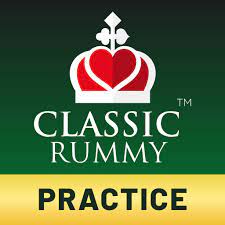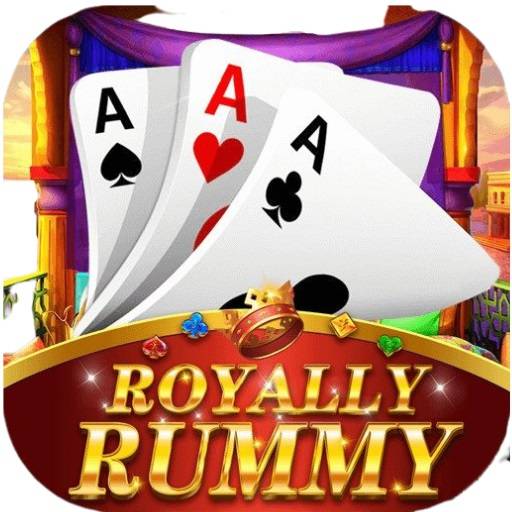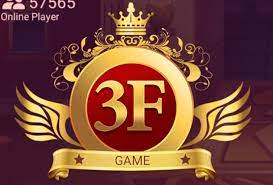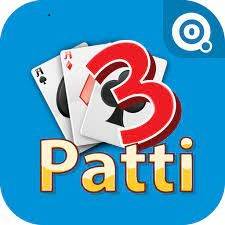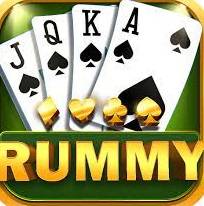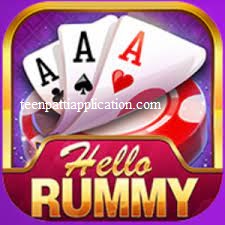Introduction
Classic Rummy : Welcome to the ultimate guide on mastering classic rummy strategies! In this comprehensive article, we will delve into the intricacies of classic rummy apk and provide you with expert tips and techniques to enhance your gameplay. Whether you’re a seasoned player looking to refine your skills or a beginner eager to learn the ropes, our strategies will empower you to excel in this captivating card game. Do you know which are India’s 10 Best rummy apps?
How to Play Classic Rummy

Step 1: Setting Up
Classic rummy is typically played with 2 to 6 players and a standard deck of 52 cards. Start by selecting a dealer who will shuffle the deck and deal 13 cards to each player.The draw pile is created by laying the remaining cards face-down on the table. The draw pile’s top card is turned face-up to start the discard pile.
Step 2: Objective of the Game
The objective in classic rummy app is to be the first player to meld all your cards into sets or runs. A run is made up of three or more consecutive cards of the same suit, whereas a set is made up of three or four cards of the same rank. Players should decide how many points are needed to announce a legitimate meld at the start of each round.
Step 3: Game play
The game starts with the player has two options:
- Drawing a Card: The player can draw the top card from the draw pile or the face-up card from the discard pile. If the player chooses the face-up card, they must use it immediately in a meld. After drawing, the player must discard one card from their hand to the discard pile, ending their turn.
- Taking the Entire Discard Pile: If the player believes they can use a substantial number of cards from the discard pile to form melds, they can choose to take the entire discard pile instead of drawing a card. However, they must use at least one card from the discard pile immediately in a meld. After melding, the player can continue their turn by drawing a card from the draw pile or end their turn by discarding one card.
Step 4: Melding and Manipulating Cards
During your turn, you can meld cards by grouping them into sets or runs. To form a set, collect three or four cards of the same rank. For example, three 7s or four Queens. To create a run, gather three or more consecutive cards of the same suit, such as 5, 6, and 7 of hearts. Each meld must consist of a minimum of three cards.
As the game progresses, you can manipulate existing melds by adding cards to them. For instance, if there is a set of 4s on the table, and you have the fifth 4 in your hand, you can add it to the set during your turn.
Step 5: Discarding and Declaring
As you gather and manipulate cards, you must constantly assess your hand and discard cards that do not contribute to your melds. The turn shifts to the following player once the discarded card is placed face-up on the discard pile.
Once you have melded all your cards into valid sets or runs, you can declare. To declare, you must place your entire hand face-up on the table and announce that you have completed your melds. All other players then have one final turn to try to improve their own melds or lay off cards onto existing melds.
Step 6: Scoring and Winning
After a player declares, the round comes to an end, and scoring begins. Each player calculates the points in their hand based on the value of the remaining cards. Number cards have their face value, face cards (Jack, Queen, King) are worth 10 points each, and Aces have a value of 1 point. The player who declared and has no remaining cards in hand scores zero points, while the others tally their points.
The game continues with additional rounds until a predetermined point threshold is reached. The player with the lowest cumulative score at that point becomes the winner
The Fundamentals of Classic Rummy
Understanding the Basics
Classic rummy, also known as traditional rummy, is a popular card game that requires skill, strategy, and a dash of luck. By combining cards in your hand, you must create sets or runs in order to win. A set comprises three or four cards of the same rank, while a run consists of three or more consecutive cards of the same suit. The player who successfully melds all their cards first becomes the winner.
Mastering the Art of Discard and Draw
One of the crucial aspects of classic rummy is managing your hand effectively. As the game progresses, you need to make strategic decisions regarding which cards to keep and which to discard. Analyze the cards you receive, assess the potential melds, and discard those that do not contribute to your sets or runs. Simultaneously, keep a close eye on your opponents’ discards to gain valuable insights into their strategies.
Calculating Probabilities for Optimal Gameplay
To maximize your chances of winning, it’s essential to calculate probabilities and make informed decisions. Familiarize yourself with the composition of the deck and keep track of the cards that have been discarded. By estimating the probability of drawing specific cards, you can strategize your moves accordingly. Sharpening your probability assessment skills will significantly enhance your gameplay and give you a competitive edge.
Advanced Strategies for Classic Rummy
Bluffing and Deception
Bluffing is a powerful technique that can befuddle your opponents and give you a significant advantage. By discarding cards that may mislead your opponents about your intended melds, you can force them into making wrong moves or holding onto cards they no longer need. However, deploying this strategy requires careful consideration and an understanding of your opponents’ playing styles.
Observation and Adaptation
A successful classic rummy player must possess excellent observational skills. Pay close attention to the cards picked and discarded by your opponents, as this will provide valuable insights into their melding patterns and preferred strategies. Adapt your gameplay accordingly, adjusting your melding priorities based on the observed behavior of your opponents.
Strategic Card Arrangement
Organizing your cards in a logical and systematic manner is crucial for efficient gameplay. Group your cards based on their suits and ranks to easily identify potential melds. Arrange your hand in a way that allows you to quickly assess your options and plan your moves strategically. A well-organized hand will save valuable time and enable you to make swift, informed decisions.
Conclusion
In conclusion, with the knowledge and strategies outlined in this extensive guide, you are now poised to conquer the world of classic rummy. By understanding the fundamentals, honing your skills, and employing advanced techniques such as bluffing, observation, and strategic card arrangement, you can elevate your game play to new heights. Remember, practice makes perfect, so immerse yourself in the game, adapt to the evolving dynamics, and stay ahead of your opponents. With dedication and perseverance, you can emerge as a true master of classic rummy, dominating the tables and leaving your competitors in awe of your strategic prowess. Best of luck on your journey to rummy excellence!
